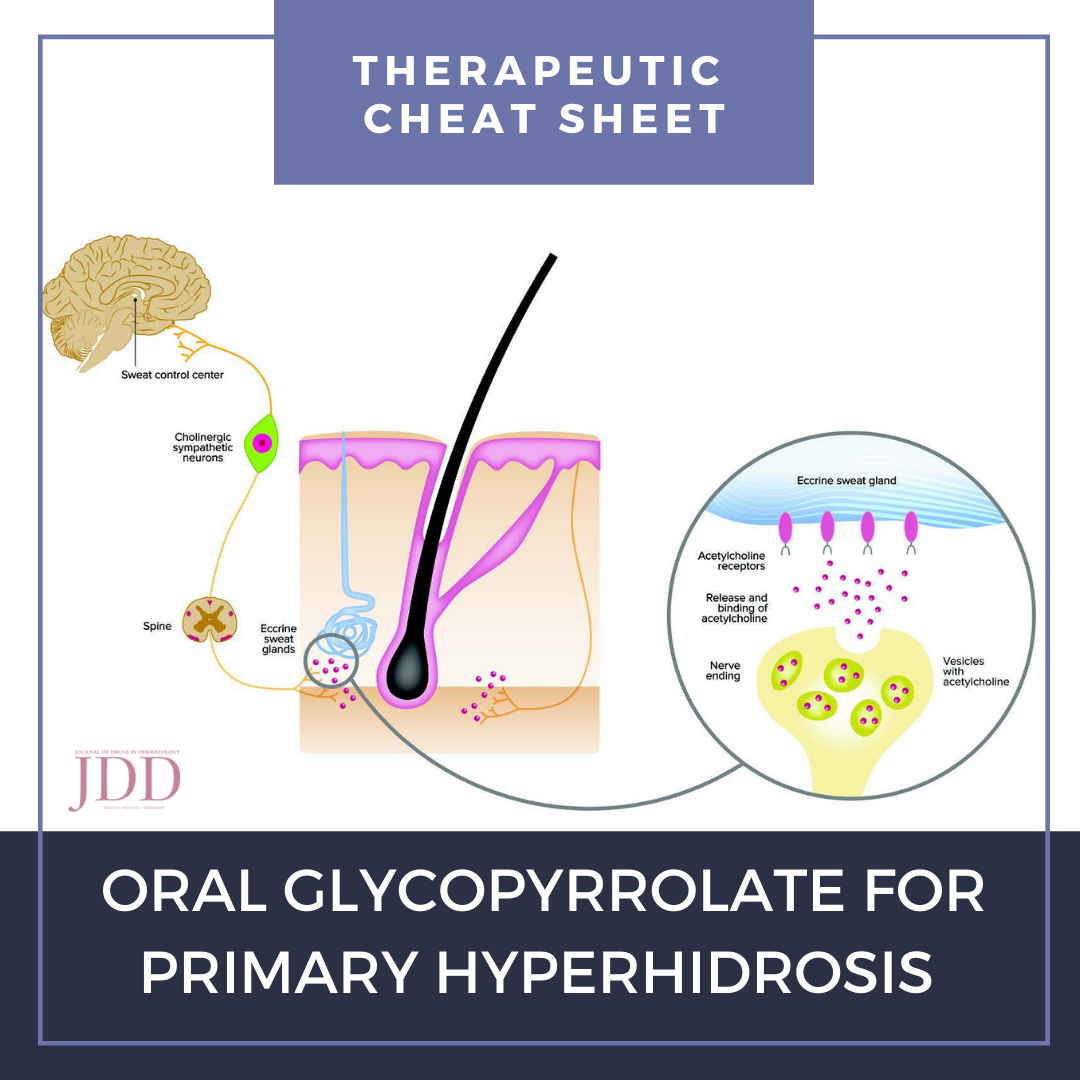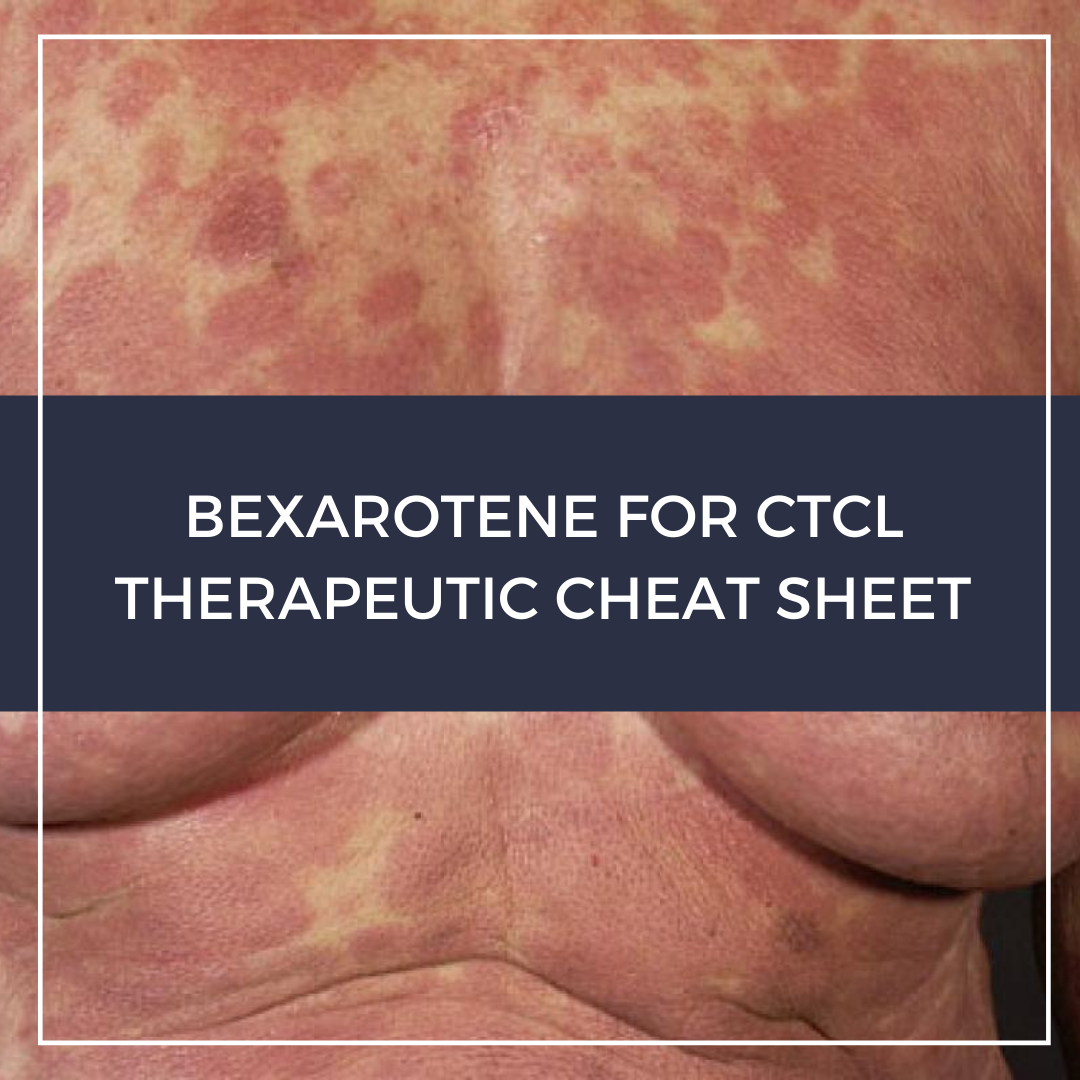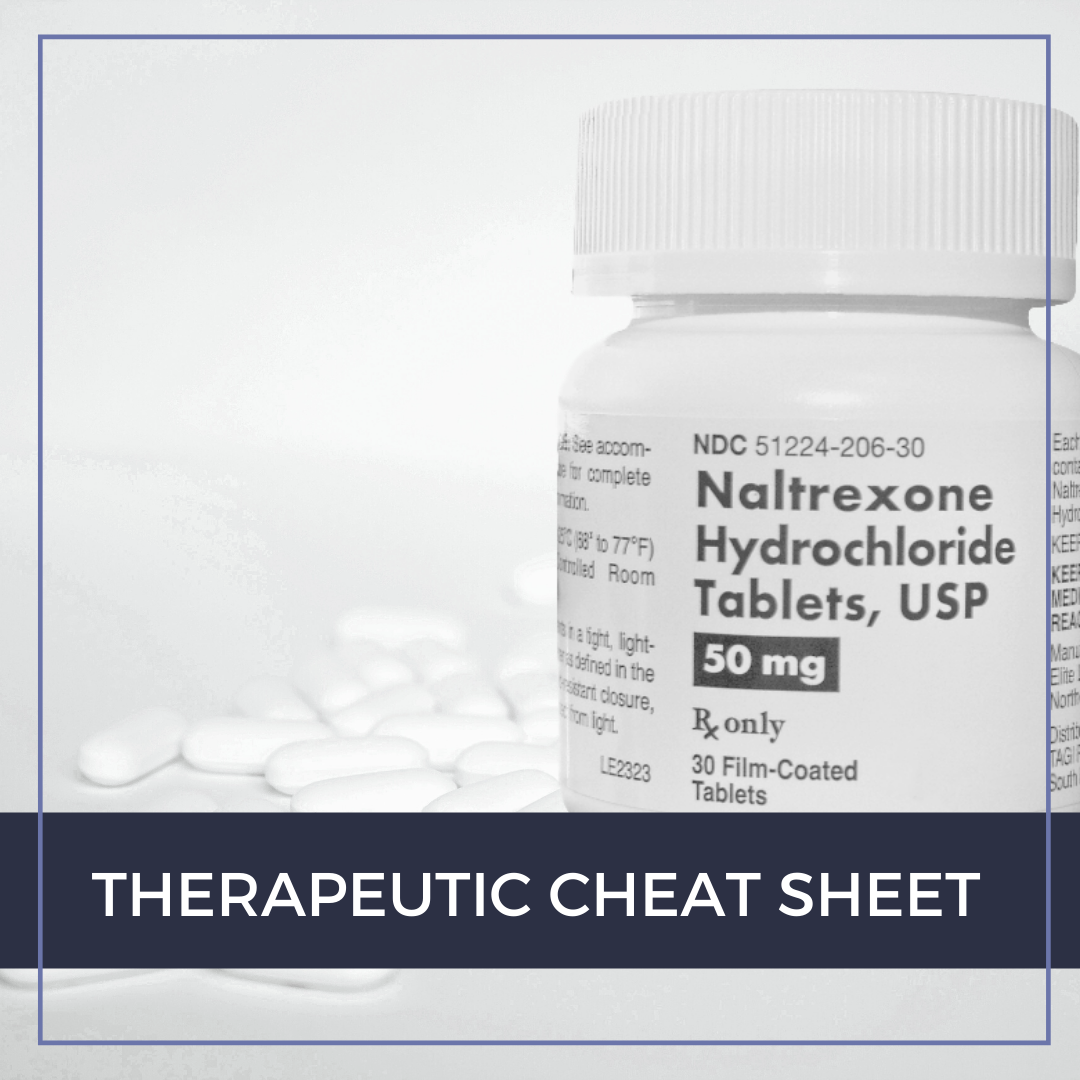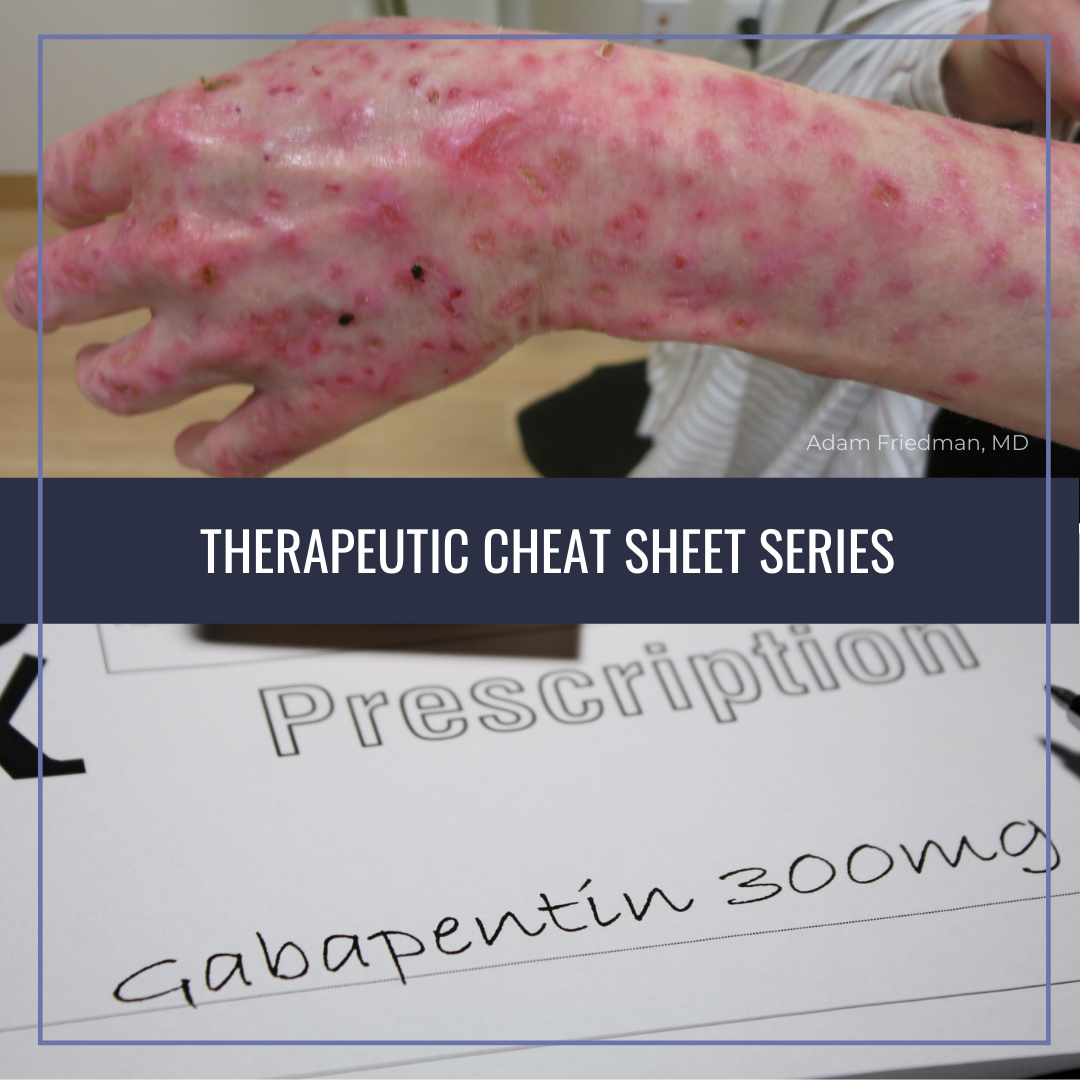Thalidomide for Dermatologic Conditions | Therapeutic Cheat Sheet
142711427114271 Thalidomide was introduced in the 1950s as a “safe” sleeping medication; however, it quickly became vilified and was removed from the market for its severe teratogenic effects, most commonly phecomelia, or loss of arms and legs. Despite these devastating birth defects, thalidomide has a variety of indications for dermatologic conditions, with manageable side effects when used appropriately. We …
Thalidomide was introduced in the 1950s as a “safe” sleeping medication; however, it quickly became vilified and was removed from the market for its severe teratogenic effects, most commonly phecomelia, or loss of arms and legs. Despite these devastating birth defects, thalidomide has a variety of indications for dermatologic conditions, with manageable side effects when used appropriately. We …
 Thalidomide was introduced in the 1950s as a “safe” sleeping medication; however, it quickly became vilified and was removed from the market for its severe teratogenic effects, most commonly phecomelia, or loss of arms and legs. Despite these devastating birth defects, thalidomide has a variety of indications for dermatologic conditions, with manageable side effects when used appropriately. We …
Thalidomide was introduced in the 1950s as a “safe” sleeping medication; however, it quickly became vilified and was removed from the market for its severe teratogenic effects, most commonly phecomelia, or loss of arms and legs. Despite these devastating birth defects, thalidomide has a variety of indications for dermatologic conditions, with manageable side effects when used appropriately. We … Continue reading "Thalidomide for Dermatologic Conditions | Therapeutic Cheat Sheet"


 Hyperhidrosis affects up to 4.8% of people in the United States, causing significant impacts in patient quality of life.1 Often times, the etiology of symptoms cannot be identified, resulting in a subset of disease termed “primary hyperhidrosis.” Symptoms may be focal or generalized. Because there is a scarcity of FDA-approved treatments for primary hyperhidrosis, treatment often requires a mu …
Hyperhidrosis affects up to 4.8% of people in the United States, causing significant impacts in patient quality of life.1 Often times, the etiology of symptoms cannot be identified, resulting in a subset of disease termed “primary hyperhidrosis.” Symptoms may be focal or generalized. Because there is a scarcity of FDA-approved treatments for primary hyperhidrosis, treatment often requires a mu …  Cutaneous T cell lymphoma (CTCL) is the most common primary cutaneous lymphoma, and in some patients, it could be persistent for decades. Therapy for CTCL depends on disease stage and response to prior treatments. In this month’s installment of Therapeutic Cheat Sheets, we will discuss use of bexarotene for the treatment of CTCL.
BEXAROTENE THERAPEUTIC CHEAT SHEET
Compiled by: Adrianna Gonzale …
Cutaneous T cell lymphoma (CTCL) is the most common primary cutaneous lymphoma, and in some patients, it could be persistent for decades. Therapy for CTCL depends on disease stage and response to prior treatments. In this month’s installment of Therapeutic Cheat Sheets, we will discuss use of bexarotene for the treatment of CTCL.
BEXAROTENE THERAPEUTIC CHEAT SHEET
Compiled by: Adrianna Gonzale …  Pruritus, whether related to inflammatory skin conditions or systemic disease, can be debilitating for patients. In order to improve quality of life for patients suffering from severe pruritus, dermatologists often resort to off-label use of systemic medications. In this month’s installment of our Therapeutic Cheat Sheet Series, we will discuss use of naltrexone for treatment of pruritus.
Naltr …
Pruritus, whether related to inflammatory skin conditions or systemic disease, can be debilitating for patients. In order to improve quality of life for patients suffering from severe pruritus, dermatologists often resort to off-label use of systemic medications. In this month’s installment of our Therapeutic Cheat Sheet Series, we will discuss use of naltrexone for treatment of pruritus.
Naltr …  Gabapentin is a well-established treatment option for itch with a reassuring safety profile that does not require continued lab monitoring. Generalized itching is a common cause of visits to the dermatologist and can be difficult to treat, leading to sleepless nights and inability to function. We continue our series, Therapeutic Cheat Sheet, with a closer look at gabapentin.
GABAPENTIN THERAPEUT …
Gabapentin is a well-established treatment option for itch with a reassuring safety profile that does not require continued lab monitoring. Generalized itching is a common cause of visits to the dermatologist and can be difficult to treat, leading to sleepless nights and inability to function. We continue our series, Therapeutic Cheat Sheet, with a closer look at gabapentin.
GABAPENTIN THERAPEUT …